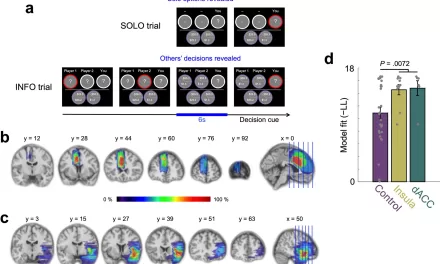Topline
A recent study conducted within the M Health Fairview system in Minnesota revealed alarming inefficiencies in the resolution of iron deficiency. The retrospective review found that 58% of cases remained unresolved even after three years, with the median time to resolution being nearly two years. Factors such as older age, male sex, and intravenous iron treatment were associated with higher rates of resolution.
Study Methodology
Researchers analyzed electronic medical records from the M Health Fairview system, focusing on patients diagnosed with iron deficiency between 2010 and 2020. The study included over 13,000 patients with ferritin levels below 25 ng/mL, a marker for iron deficiency. To be included, patients needed at least one follow-up ferritin test within three years, with resolution defined as a subsequent ferritin level exceeding 50 ng/mL. The study employed multivariable Cox proportional hazard regression modeling to evaluate factors associated with the resolution of iron deficiency, including age, sex, race/ethnicity, insurance status, and treatment type.
Key Findings
The study found that only 41.9% of patients achieved resolution of iron deficiency within three years, with the median time to resolution being nearly two years. Among the factors influencing resolution, older age, male sex, and the use of intravenous iron treatments were significant predictors of successful outcomes.
Conversely, the study identified a concerning disparity in iron deficiency resolution rates among racial groups. Black patients were significantly less likely to achieve resolution compared to White patients (0.73; 95% CI, 0.66-0.80; P < .001), despite a higher proportion of Black patients receiving treatment (88.7% compared to 75.4% of White patients).
Clinical Implications
The findings underscore a need for heightened clinical awareness of nonanemic iron deficiency, particularly among female and Black patients, who may be at a higher risk of underdiagnosis and undertreatment. The study authors emphasized that a wide range of healthcare providers, from primary care physicians to general surgeons, must be adept at diagnosing iron deficiency. However, the study also highlighted that up to 25% of providers may misinterpret laboratory assessments of iron stores, potentially leaving many patients with symptomatic nonanemic iron deficiency (NAID) untreated.
“Awareness of nonanemic iron deficiency is crucial,” the study authors wrote. “Without it, patients may experience reduced quality of life and increased healthcare utilization due to untreated symptoms.”
Study Limitations
The study’s reliance on ferritin levels alone as a marker for iron deficiency resolution, without including other parameters like transferrin saturation, may have led to misclassification of patients’ iron deficiency status. Additionally, the lack of a standardized testing protocol for ferritin after treatment may have affected the accuracy of the time to resolution estimates.
Disclosures
The study, led by Dr. Jacob Cogan from the University of Minnesota, was published online in Blood Advances. Several authors disclosed receiving research funding and honoraria from pharmaceutical companies, including Octapharma, CSL Behring, and Pfizer.
Conclusion
This study highlights significant inefficiencies in the resolution of iron deficiency in a large healthcare system and underscores the need for improved diagnostic and treatment strategies, particularly for vulnerable populations. Enhanced provider education on iron deficiency and its management could help reduce the burden of this condition on patients and the healthcare system.











